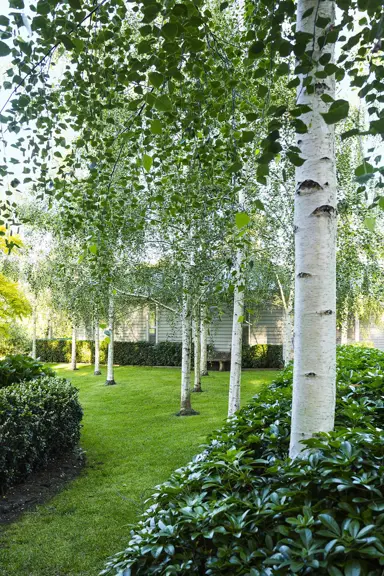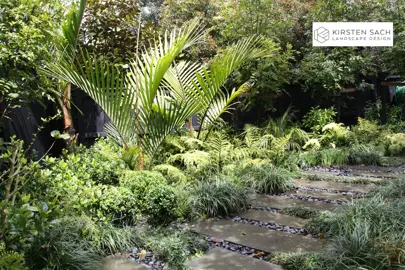
The Plant Company grows, sells, and ships Zelkova plants throughout NZ. We pride ourselves on producing high quality plants and seeing the joy from our customers when they receive them. We do hope you enjoy them and support this NZ business that is passionate about Zelkova plants.
Why? Our plants are in high demand due to our reputation for delivering high quality products at competitive prices. We may have these in production or be able to source these for you, so please feel free to contact us and our fantastic team will respond to your enquiry. Alternatively, we have a world class plant finder tool that you can use to help find alternative options.
Zelkova Kiwi Sunset, commonly known as the Japanese Elm, is grown for its brilliantly coloured foliage and lovely form. The leaves emerge lime green...
The Plant Company is New Zealand’s number one supplier of plants and garden accessories – we’re here to help you breathe life into your dream garden. We have the best Zelkova for sale, a fantastic range, and we can ship them to you fast! Browse our range of New Zealand-grown plants for sale and add some of our amazing gems to your garden.
Growing colourful trees such as Zelkova in your garden delivers a vast range of benefits:
We have the largest variety of Zelkova trees, and we have the right one for your space. Our trees have been selected to thrive in NZ’s climate. We grow and stock only the highest quality plants, sourcing them locally, and from NZ’s leading nurseries. Each plant is packed and transported with extreme care, ensuring it arrives to you in the same condition it was in when it left the nursery. If you are wanting to buy Zelkova trees, shop with confidence from the best in the industry.
Zelkova is a genus of about six species of deciduous trees in the elm family Ulmaceae, native to southern Europe, and southwest and eastern Asia. They vary in size from shrubs to large trees up to 35 m tall. The bark is smooth, dark brown. Unlike the elms, the branchlets are never corky or winged.
Facts About Zelkova Trees:
Zelkova trees are known for their longevity, with some specimens living for hundreds of years. The oldest zelkova trees are estimated to be in excess of 1,000 years in age, and are protected as natural monuments by Korean law. These ancient trees stand as a testament to the resilience and adaptability of the zelkova genus.
Zelkova trees are renowned for their elegance, adaptability, and resistance to pests and diseases. Here are some of their key characteristics:
Zelkova trees hold significance in various aspects, from their ornamental value and cultural symbolism to their environmental benefits and resilience. Here are some of the key reasons why Zelkova trees are considered significant:
In conclusion, Zelkova trees are significant for their ornamental value, cultural symbolism, environmental benefits, resilience, longevity, aesthetic appeal, economic value, and scientific and educational value. They are valuable additions to landscapes, hold cultural importance, provide environmental benefits, and contribute to the understanding of the natural world.
Yes, Zelkova trees have flowers. They are monoecious, meaning that they produce both male and female flowers on the same tree. The flowers are small, greenish-yellow, and inconspicuous, appearing in clusters in the spring before the leaves emerge. The male flowers are typically borne on shorter pedicels (stalks) than the female flowers.
The female flowers of Zelkova trees produce small, drupe-like fruits that ripen in autumn. These fruits are initially green but turn brown or black as they mature. The fruits are about 0.25 to 0.5 inches (0.6 to 1.3 cm) in diameter and contain one seed.
While the flowers of Zelkova trees are not showy, they play an important role in the tree's reproductive cycle. The fruits that develop from the female flowers provide food and shelter for wildlife, and the seeds help to spread the tree to new areas.
The edibility of Zelkova trees depends on the specific species. Some species, such as Zelkova serrata (Japanese Zelkova), have edible young leaves that can be cooked and consumed. These leaves are a good source of vitamins and minerals, and they have a slightly tart flavour. However, other Zelkova species may have leaves that are not edible or even poisonous. For example, the leaves of Zelkova carpinifolia (European Zelkova) contain saponins, which can cause stomach upset if consumed.
As a general rule of thumb, it is best to err on the side of caution and avoid consuming the leaves of Zelkova trees unless you are absolutely certain that the species is edible. If you are unsure, it is always best to consult with a knowledgeable source, such as a botanist or herbalist.
There are many benefits to growing Zelkova trees, including:
Aesthetics:
Environmental benefits:
Practical benefits:
The genus Zelkova has six different species, and their native ranges vary:
It's important to note that while some Zelkova species are native to specific regions, they are widely cultivated and planted in many other parts of the world today. For example, Japanese zelkova is a popular ornamental tree in North America and Europe.
Whether you need assistance finding the plant you’re looking for or you simply want to know more about who we are and what we do, we invite you to get in touch with us today. A member of The Plant Company team will get back in touch as soon as possible.


